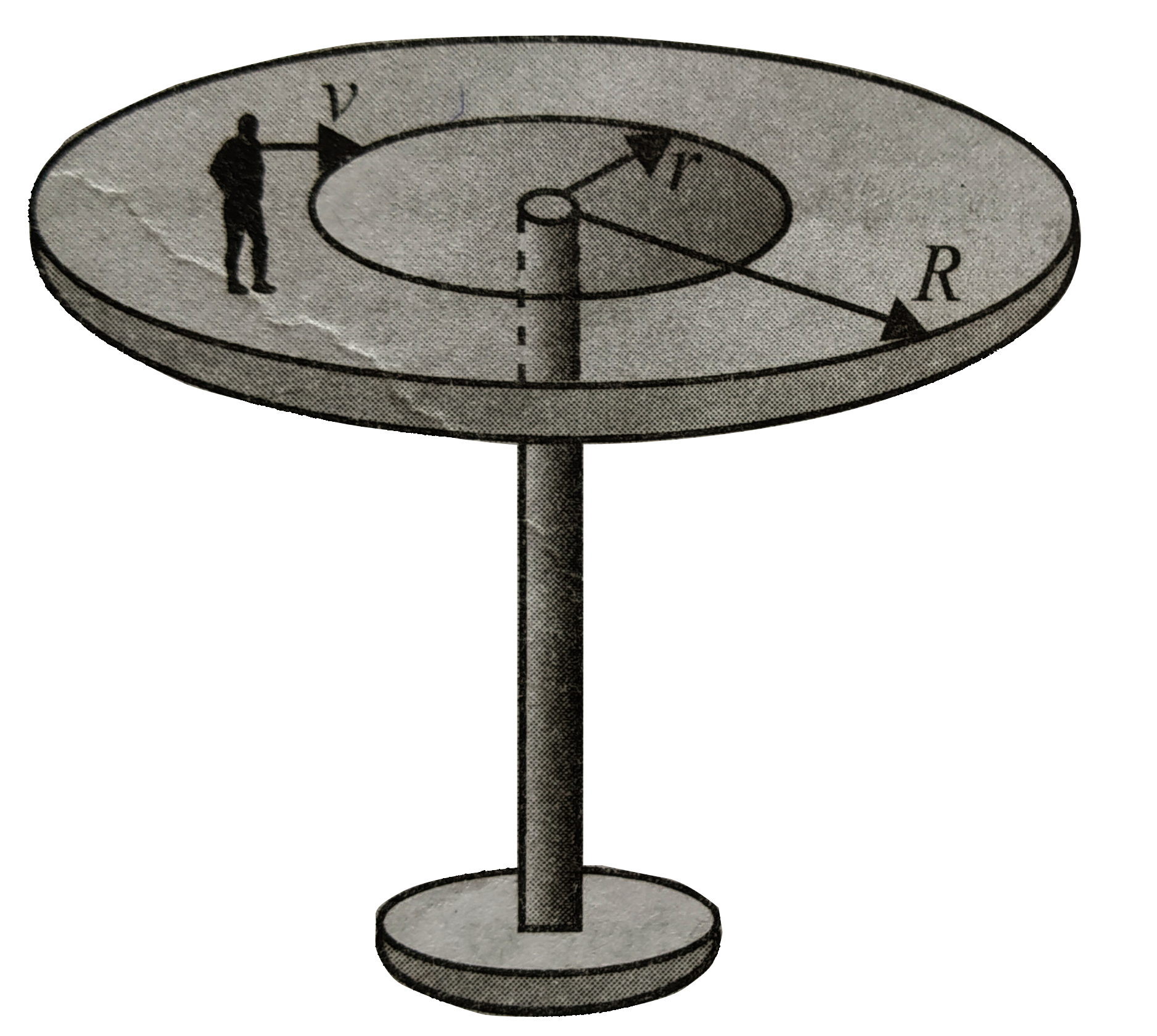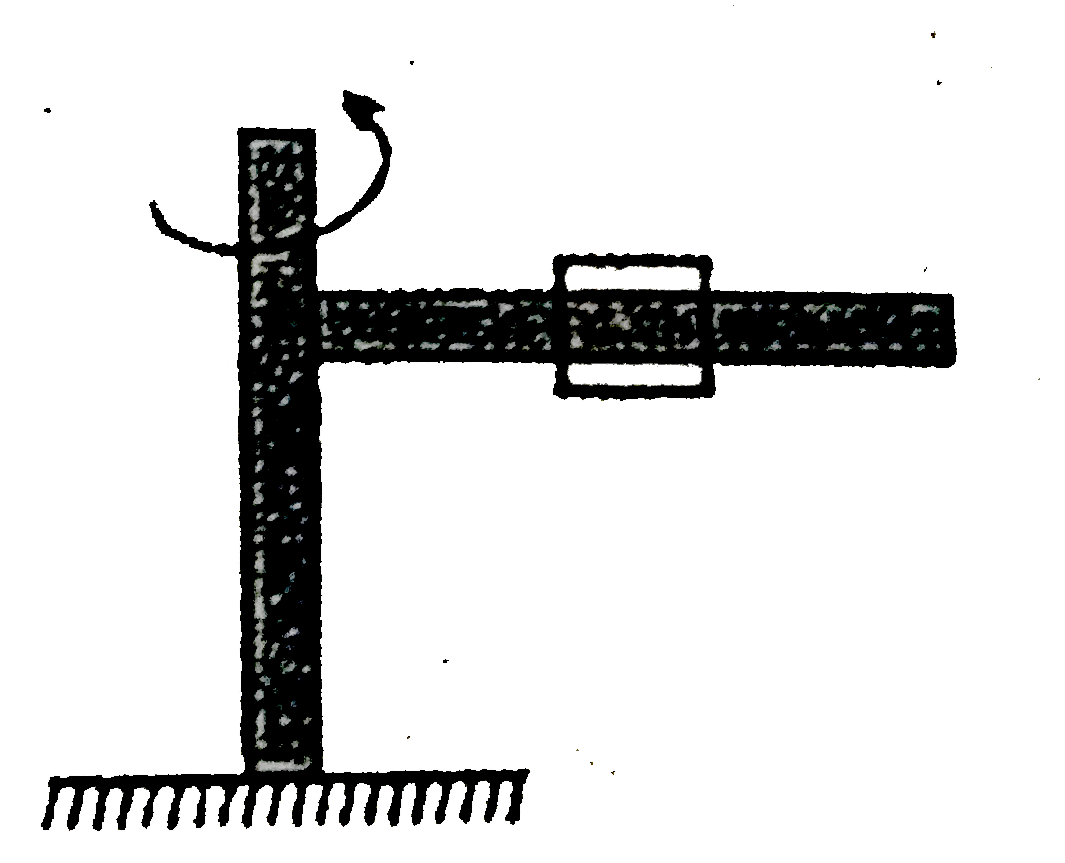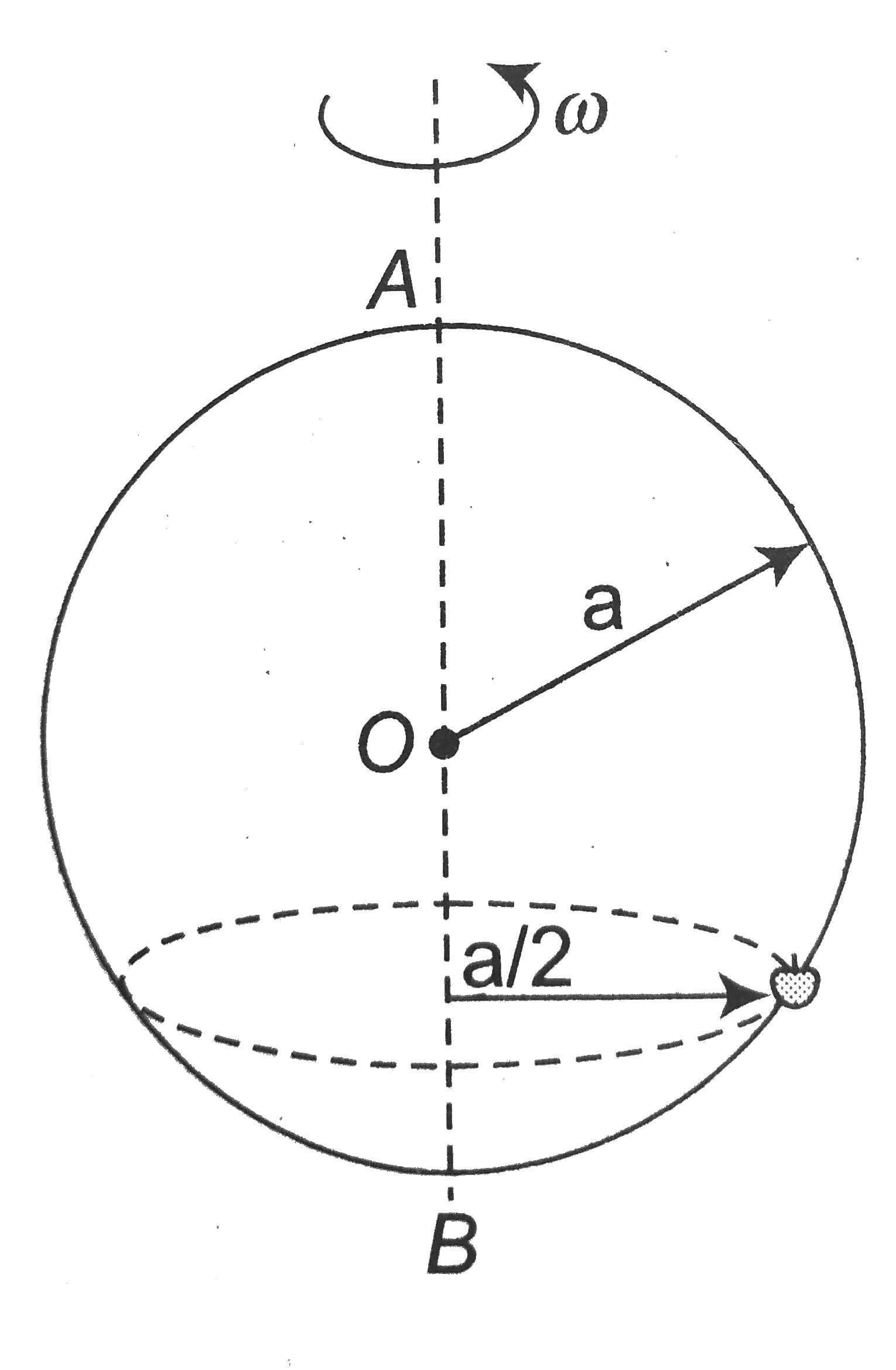The cervical vertebra called axis provids head with sideways rotation. This can be because
It is articulated to skull through occipital condyles
it is fused with 1st vertebra atlas
it is joined through elastic pads of fibrocartilage with other vertebrae, which provide mobility
it contains odontoid process that fits into the odontoid canal of atlas.
The correct Answer is:D
To answer the question about why the cervical vertebra called axis provides the head with sideways rotation, we can break down the explanation into the following steps:
1. Understanding the Vertebral Column:
- The vertebral column, commonly known as the spine, is composed of 26 small bones called vertebrae, which are arranged serially.
2. Classification of Vertebrae:
- The vertebrae are categorized into different regions:
- Cervical vertebrae (7 in number) in the neck,
- Thoracic vertebrae (12 in number) associated with the chest,
- Lumbar vertebrae (5 in number) in the lower back,
- Sacrum and coccyx, which are formed by fused vertebrae.
3. Identifying the Axis:
- The axis is the second cervical vertebra, following the first cervical vertebra known as the atlas. The atlas articulates directly with the skull.
4. Joint Types:
- The joint between the atlas and the axis is a special type of synovial joint known as a pivot joint. This type of joint allows for rotational movement.
5. Function of the Odontoid Process:
- The axis contains a projection called the odontoid process (or dens), which fits into the odontoid canal of the atlas. This anatomical feature is crucial for enabling the head to rotate sideways.
6. Conclusion:
- The correct reason why the axis allows for sideways rotation of the head is due to the presence of the odontoid process, which forms a pivot joint with the atlas.
Final Answer:
The cervical vertebra called axis provides the head with sideways rotation because it contains an odontoid process that fits into the odontoid canal of the atlas, forming a pivot joint.
---
- The vertebral column, commonly known as the spine, is composed of 26 small bones called vertebrae, which are arranged serially.
- The vertebrae are categorized into different regions:
- Cervical vertebrae (7 in number) in the neck,
- Thoracic vertebrae (12 in number) associated with the chest,
- Lumbar vertebrae (5 in number) in the lower back,
- Sacrum and coccyx, which are formed by fused vertebrae.
- The axis is the second cervical vertebra, following the first cervical vertebra known as the atlas. The atlas articulates directly with the skull.
- The joint between the atlas and the axis is a special type of synovial joint known as a pivot joint. This type of joint allows for rotational movement.
- The axis contains a projection called the odontoid process (or dens), which fits into the odontoid canal of the atlas. This anatomical feature is crucial for enabling the head to rotate sideways.
- The correct reason why the axis allows for sideways rotation of the head is due to the presence of the odontoid process, which forms a pivot joint with the atlas.
The cervical vertebra called axis provides the head with sideways rotation because it contains an odontoid process that fits into the odontoid canal of the atlas, forming a pivot joint.
Topper's Solved these Questions
- BOOK - NCERT FINGERTPS ENGLISHCHAPTER - LOCOMOTION AND MOVEMENTEXERCISE - Locomotion And Movement139videos
LOCOMOTION AND MOVEMENT
- BOOK - NCERT FINGERTPS ENGLISHCHAPTER - EXCRETORY PRODUCTS AND THEIR ELIMINATIONEXERCISE - Excretory Products And Their Elimination133videos
EXCRETORY PRODUCTS AND THEIR ELIMINATION
- BOOK - NCERT FINGERTPS ENGLISHCHAPTER - MINERAL NUTRITIONEXERCISE - Mineral Nutrition130videos
MINERAL NUTRITION
Similar Questions
Cervical vertebrae can be distinguished from other vertebrea on the basis of
View SolutionFind out the correct option w.r.t. cervical vertebrae
A. The seventh cervical vertebra is ring like, lacks centrum and neural canal.
B. In all mammals, number of cervical vertebrae are seven.
C. In case of humans, first, second and seventh cervical vertebrae are atypical.
D. In humans, the atlas rotates on the odontoid peg ' of the axis.View Solution
Knowledge Check
- Question 1 - Select One
D (+) Glucose has melting point 146∘C and specific rotation [α]25D is + 112∘C. Another D(+) Glucose has melting point 150∘C and specific rotational [α]25Dis +18.7∘C. The two form have significantly different optical rotation but when an aqueous solution of either form is allowed to stand, it rotation changes. The specific rotation of one form decreases and rotation of other increases until both solution show the same value +52.7∘. The change in rotation towards an equilibrium value is called mutarotation.

For mannose the mutarotation can be shown in brief as follow:
 Aα-formBβ-formCopen chainDNone of these
Aα-formBβ-formCopen chainDNone of these
Identify the correct statement for the following.
(a) Tracheo-bronchial junction is at the level of fifth cervical vertebra.
(b)Inspiratory capacity is the maximum volume of air that can be inspired after normal expiration
(c) p C O 2 in de-oxygenated blood is 40 mm Hg.
(d) Respiratory surface area for exchange of gases is increased in emphysemaView SolutionIn human being , the second cervical vertebra helps in rotatory movements of head through know-like process called :
View SolutionA reference frame attached to the earth
a) is an inertial frame by definition
b) can not be an inertial frame because the earth is revolving around the sun
c) is an inertial frame because Newton's laws are applicable in this frame
d) cannot be an inertial frame because the earth is rotating about its axisView SolutionA man of mass m stands on a horizontal platform in the shape of a disc of mass m and radius R, pivoted on a vertical axis thorugh its centre about which it can freely rotate. The man starts to move aroung the centre of the disc in a circle of radius r with a velocity v relative to the disc. Calculate the angular velocity of the disc.
 View Solution
View SolutionA satellite can be in a geostationary orbit around the earth at a distance r from the centre. If the angular velocity of earth about its axis doubles, a satellite can now be in a geostationary orbit around earth if its distance from the centre is :
View SolutionA rod can rotate in a horizontal plane about its one end. A bead which can move along the rod is placed at certain distance from the axis or rotation. The bead does not to friction. The rod has a constant angular acceleration

A. the normal reaction on the bead will be constant h magnitude and direction both
B. the magnitude of the normal reaction on the bead will be variable
C. the magnitude of friction force on the bead will be constant
D. the magnitude of friction force on the bead will be variableView SolutionA smooth wire is bent into a vertical circle of radius a. A bead P can slide smoothly on the wire. The circle is rotated about vertical diameter AB as axis with a speed omega as shown in figure. The bead P is ar rest w.r.t. the circular ring in the position shown. then ω2 is equal to:
 View Solution
View Solution

